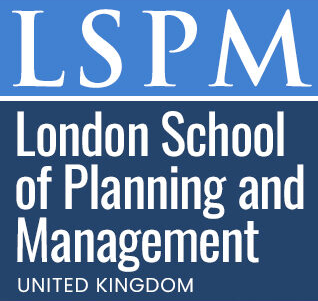Professional Certificate in Passive Design Strategies for 3D Printed Recycled Buildings
Published on June 20, 2025
About this Podcast
HOST: Welcome to the show, folks! I'm thrilled to have our guest with us today, an expert in sustainable design and 3D printed recycled buildings. Welcome to the podcast! GUEST: Thanks for having me! I'm excited to be here. HOST: So, let's dive right in. Can you tell us a bit about the Professional Certificate in Passive Design Strategies for 3D Printed Recycled Buildings? What makes it so important for architects, engineers, and construction professionals? GUEST: Absolutely! This course focuses on teaching sustainable building techniques that optimize energy efficiency and thermal comfort in 3D printed structures. It's crucial for professionals who want to reduce environmental impact and increase building lifespan using advanced strategies. HOST: Interesting! With the growing emphasis on sustainability, how do you see passive design strategies impacting the future of the construction industry? GUEST: Passive design strategies are becoming increasingly relevant as the world moves towards greener solutions. By mastering material selection for recycled content and building performance simulation, professionals can create sustainable, resilient structures that meet the needs of modern society. HOST: That sounds amazing. Now, what would you say are some of the challenges faced when implementing these strategies in 3D printed recycled buildings? GUEST: There are a few challenges, such as sourcing appropriate recycled materials and understanding how they perform in 3D printing processes. Additionally, there's a learning curve when it comes to using design software and construction methodologies for these unique structures. HOST: I see. And how does the course help aspiring professionals overcome these obstacles? GUEST: The course provides practical skills and hands-on experience to help learners navigate these challenges. Students explore innovative design approaches for natural ventilation and daylight harvesting while gaining expertise in design software and construction methodologies. HOST: That's fantastic! Lastly, do you have any advice for those considering a career in sustainable 3D printed construction? GUEST: Stay curious and open-minded. This is a rapidly evolving field, and there's always something new to learn. By enrolling in courses like this one, you're taking a significant step towards becoming a leader in sustainable design. HOST: Thank you so much for sharing your insights with us today. It's been an enlightening conversation, and I'm sure our listeners have gained a lot from it. For those interested in transforming their careers in sustainable design, the Professional Certificate in Passive Design Strategies for 3D Printed Recycled Buildings is an excellent place to start. Be sure to enroll now and join the forefront of sustainable construction!
